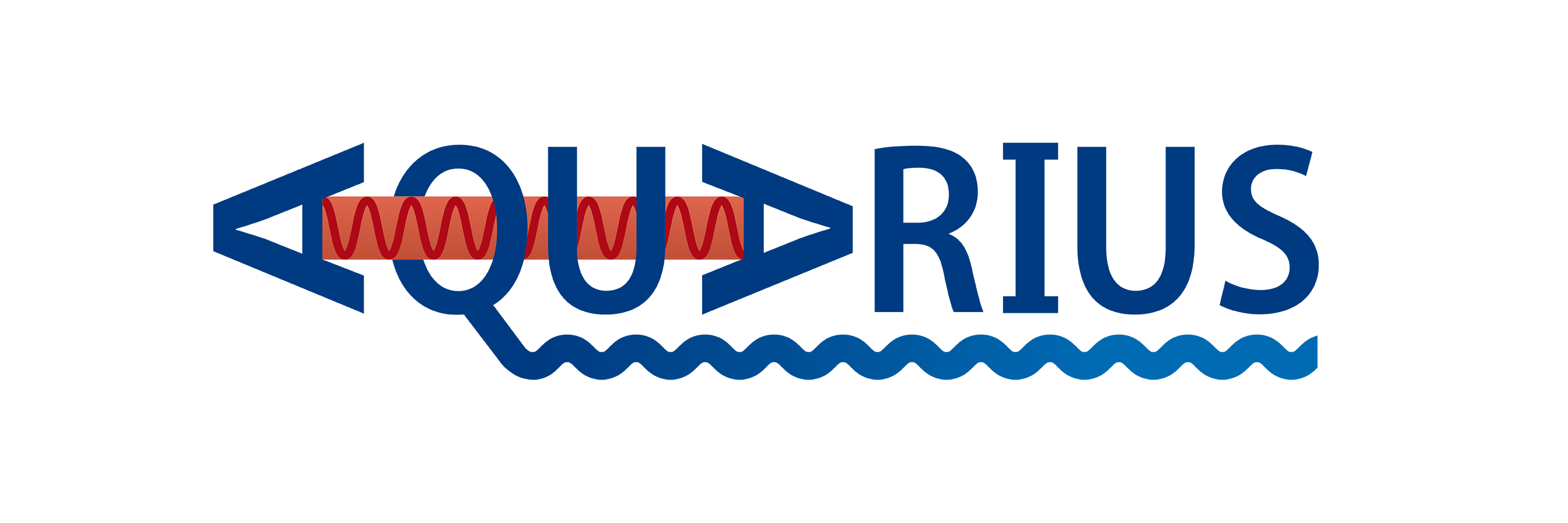| Project Information
|
The project leading to this application has received funding from the European Union's Horizon 2020 research and innovation programme under grant agreement No. 731465. |
UV contact mask lithography
-
07 January 2019
by Bianca Michal
The process flow comprises mainly three steps: the deposition of a thin layer of a photopolymer, the UV illumination through a glass mask with transparent/opaque patterns and the developing.
The wafers from which the samples are fabricated are ordered from a provider, who grows the desired thickness of e.g. Ge on certain Si or SOI (Si on insulator) wafer. From these wafers, sample-size pieces are cleaved or diced for processing.
The deposition of the photopolymer is done by means of spin-coating i.e. by dispensing the viscous photopolymer (which typically is provided mixed with solvent to achieve a desired viscosity) over the sample and spreading it by spinning it at certain speed. The created layer requires a baking step in order to be ready for illumination. This baking step evaporates most of the solvent, the polymer is hardened and the adhesion of the features improves. The temperature and baking time also have an influence on the final properties of the polymer layer and thus its behaviour under illumination.
During UV illumination, chemical reactions are produced in the photopolymer so the illuminated and non illuminated parts will have different behavior when in contact with the developing agent. After illumination, the sample is baked in order to catalyze
the started photo-induced reaction, smoothen the features (in some cases) and improve the adhesion to the substrate. The UV dose and baking parameters have to be appropriately selected in order to achieve the desired characteristics of the features.
The development of the sample is done using the appropriate solvent, which will remove the non-crosslinked regions (either the illuminated or the non-illuminated regions, depending of the type of polymer). For a correct sample development, a continuous flow of the liquid has to be provided e.g. by slowly moving the sample. After the optimized developing time, the chemical reaction has to be interrupted by cleaning the sample with the appropriated liquid e.g. water. This step also helps to completely remove the non-crosslinked areas.
Depending on the photopolymer and the goal of the lithography, a last baking step may be desirable to ensure complete solvent removal and further improve the adhesion.
 4 inch wafers of 2um Ge on Si. |
 Spinner used for polymer deposition and samples being soft- |
 Example of a lithography mask viewed |
 User aligning structures in a lithography |
 Sample being developed in the correspondent |
 Sample being rinsed in DI (distilled) water to remove |

